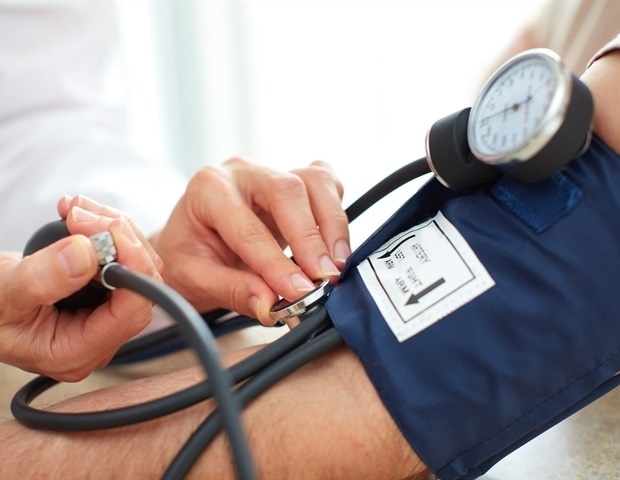You can still buy the puff ones but in my search they were all pretty inexpensive which maybe suspect.
They are very simple so should not cost much. They don't use mercury any more but I think the spring pressure gauges are reliable.
The basics are these:
1. Never have any clothes above the cuff that are tight - so never roll a sleeve up above a cuff. An accurate BP can be got through a shirt or even jersey as long as it is under no tension.
2. Make sure the cuff is big enough. This is the commonest error. It needs to wrap right round the upper arm to produce even pressure. Velcro cuffs are often too small and pull themselves half open when you pump them up. The cuff should not unfold at all during the process.
3. You will need to listen for knocking sounds in the brachial artery where it runs in front of the elbow just medial (nearer the body) to the big tendon from the biceps with the flat part of a stethoscope. The stethoscope can be cheap but the flat diaphragm has to be pressed well flat on to the arm in exactly the right place over the artery. I still have to fiddle around a bit to get it so that I can hear the sounds. You do not hear anything until you have started pumping up the cuff.
4. Pump up the cuff until the pressure gauge reads something like 150, or what you find is just above your usual readings. Then let air out very slowly so that the pressure falls by about 1 unit per second - 149, 148, 147. At some point you should hear a rhythmic knocking sound in the artery which is it shutting off after each pulse wave. If you hear a muffled sound that doesn't count - it may just be the artery changing shape. You record the pressure as systolic where the sound suddenly starts happening. You then let the pressure down a bit more until the sound stops
knocking and record that as diastolic
. Again, you may hear a muffled sound beyond this.
The sounds are due to the artery opening and then closing (the knocking). If cuff pressure is above systolic the artery does not open at all. If it is below diastolic it does not close. So you only get sounds in between.
A very common problem is that the procedure of taking a blood pressure can put your blood pressure up. So it is essential that it is done with the person completely calm and unbothered. Doing it yourself can be a good way of achieving that since it is often the fear of unexpected discomfort that puts it up.
Another problem with electric devices is that they expect the pulse to be 70 per minute or more. If your pulse is slow the machine thinks it has missed the pulse and ramps the pressure up to 250 and tries again, which is very uncomfortable and that puts your pressure right up! It also quickens the pulse so the machine takes a reading and makes you hypertensive.

